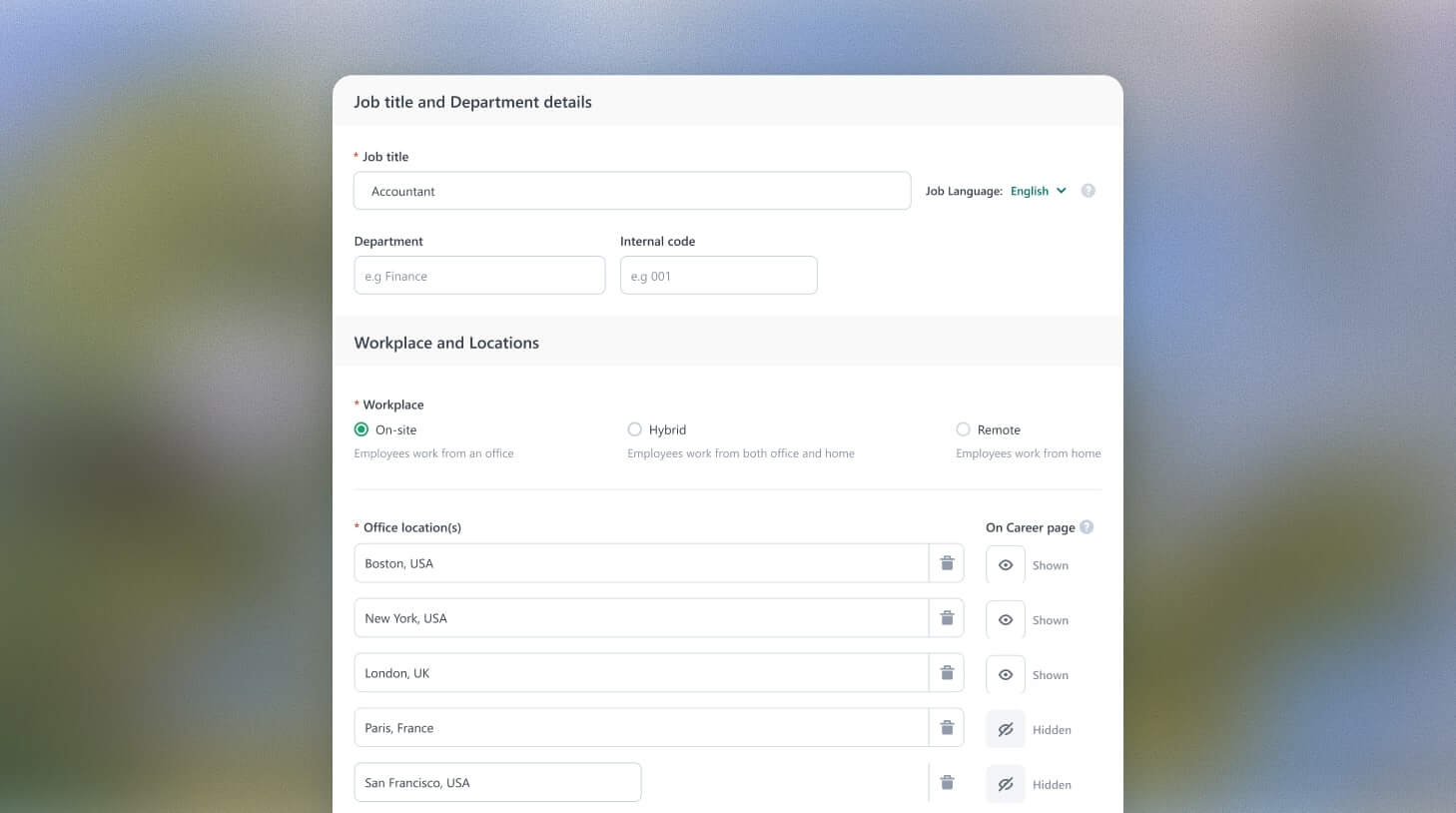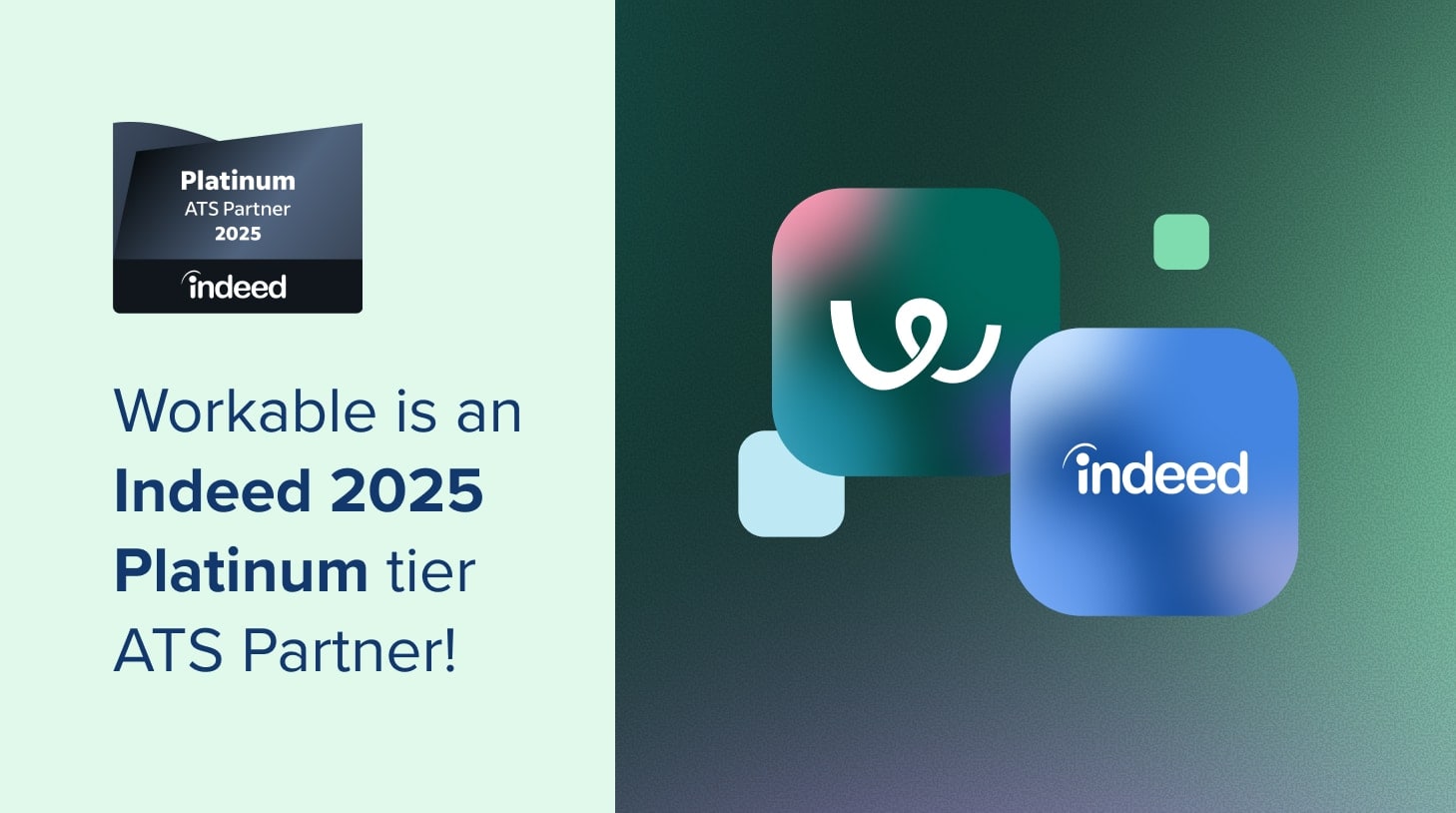How has your hiring experience changed since 2020?
This is part seven of a series of blog posts pulled from our extensive New World of Work 2022 Survey Report. Here, we explore how the world of hiring – both on-location and remote – has changed since the onset of the pandemic.

More is less
Two years ago, the dominant takeaway was that very few businesses (8.1%) hired more than they initially planned, and two-thirds (65.2%) of businesses either hired less than planned or froze hiring altogether.
Now, in answering the same question two years later, many more businesses hired more than they originally planned (21.8% now vs. 8.1% then).
Less is more too
The flip side turned out to be true too – a huge slice of the respondent pie hired less than they expected, more than before. One third of businesses (32.3%) hired less than originally planned in the early days of the pandemic. That number grew to two out of five (40.3%).
The thaw of the hiring freeze
Another one-third of businesses (32.9%) froze hiring altogether in 2020 – that number shrunk to 14.9% in 2022.
What does all this tell us?
Note that only 14.9% of businesses took an objective action in freezing their hiring, versus a combined 62.1% of businesses who saw their hiring processes not go as planned (i.e. it was either more or less than initially planned).
That speaks volumes to the unpredictable hiring landscape in both directions – things did not go nearly as anticipated in hiring and still aren’t going to plan now.
Biggest hiring challenges
Let’s look at businesses who did continue their hiring throughout the pandemic from 2020 to 2022 – and understand what that experience was like for them.
1. The talent market is tightening
Three out of 10 businesses (29.1%) now cite a lack of candidates as a hiring challenge, compared with one in five (19.9%) in 2020.
And “too many candidates” is a problem for just half of the businesses (10.2%) in 2022 compared with 2020 (20.5%).
2. Can’t do more with less
Hiring teams are strapped as well, more so than before. Reduced in-house capacity to recruit is much more of a challenge to hiring today (27.5%) than it was in 2020 (14.9%).
3. Candidate health jitters on the rise
Uncertainty among candidates about physical safety at the business has doubled from 2020, with 44.5% of businesses stating that as a hurdle compared with 22.2% in 2020.
What does all this tell us?
We know there’s a Great Resignation underway – but we can’t help but draw a link between the lack of candidates and diminished resources for those in the hiring business. Candidates are also still worried about their health and safety.
Perhaps additional investment in hiring and greater reassurance and communications about workplace safety can attract more interested applicants to open roles. Remember, employees are ultimately the lifeblood of any business, so this is a key element of the overall employee lifecycle.
Remote hiring challenges
Now, let’s look at the challenges facing those employers who do their hiring in a remote environment.
1. Sourcing and attraction a growing pain
In 2020, sourcing and attracting candidates remotely was a struggle by 25.8% of businesses – much less than engagement, evaluation and onboarding at the time.
That’s since grown to 36.7% of businesses today – and it’s the only one of these four challenges that’s increased.
2. … but once they’ve applied – it’s easier
Problems with candidate engagement (41.2% now vs. 51.7% in 2020), candidate evaluation (34.8% vs. 42.4%), and even new hire onboarding (43.8% vs. 49.7%) in a remote work world are all less of a challenge today than in 2020.
3. Tech bringeth, but tech taketh away
Tech buy-in and adoption in hiring teams, listed as a challenge by just 15.4% in 2020, is a challenge for 22.8% today.
Tech buy-in / adoption in candidates is also listed as a challenge by 16.8% of respondents now, but that’s veritably unchanged from 16.6% two years prior.
What does all this tell us?
As hiring teams become more seasoned in a remote function, the engagement, evaluation and onboarding of candidates is now easier. This is likely due to the adoption of new digital tools in the hiring process, including one-way video interviews, online assessments, digital signing, text messaging, interview self-scheduling, and other standard features of recruitment that became more digitized from 2020 onwards.
But: as companies jump onto the digital train, there will be some who run into challenges – including for hiring teams. On the other side of the recruitment coin, candidates actively looking for work may be exposed time and time again to the varying digital setups of different companies and consequently, more comfortable working with a range of tech stacks. Tech adoption isn’t always going to be a universally positive or negative experience.
Most importantly, though: technology is a great optimizer of processes. Remember what we wrote above about additional investment in hiring to address the reduced in-house capacity to recruit?
Perhaps hiring technology packed with useful tools is the solution – and specifically a user-friendly software with a high rate of user buy-in both on the hiring side and the application side.




